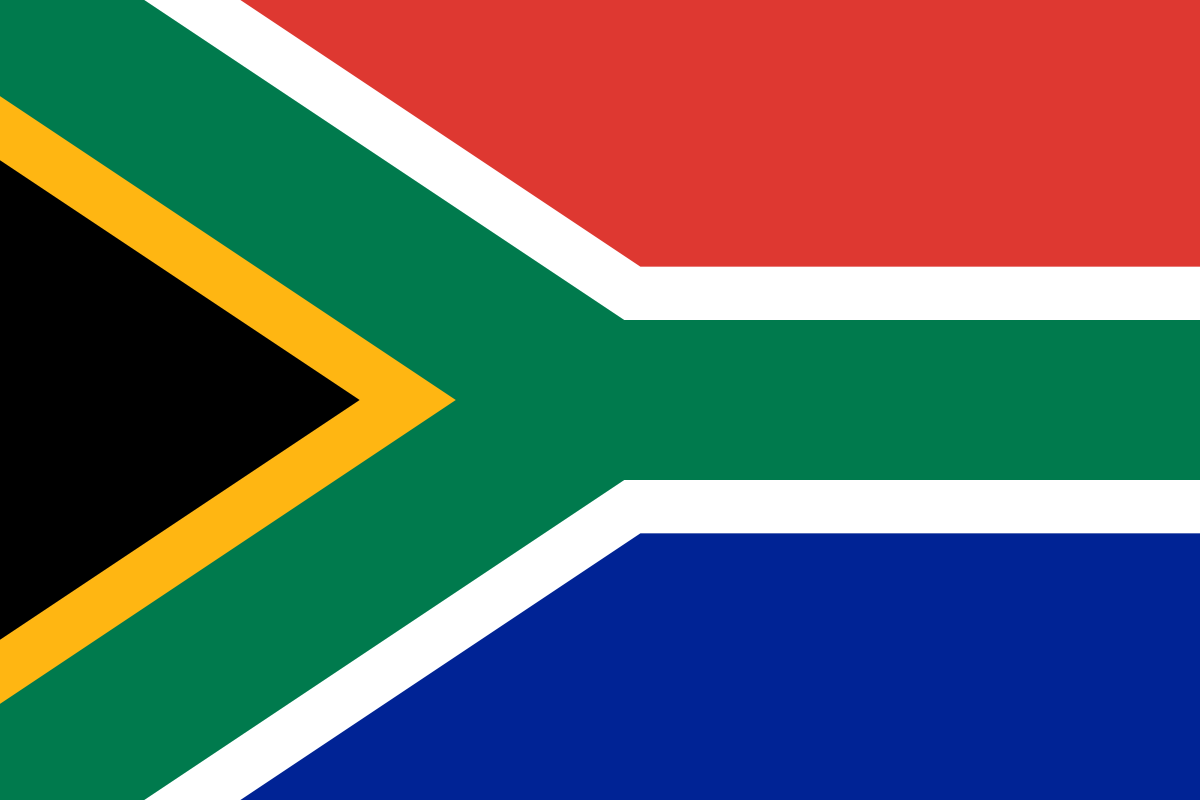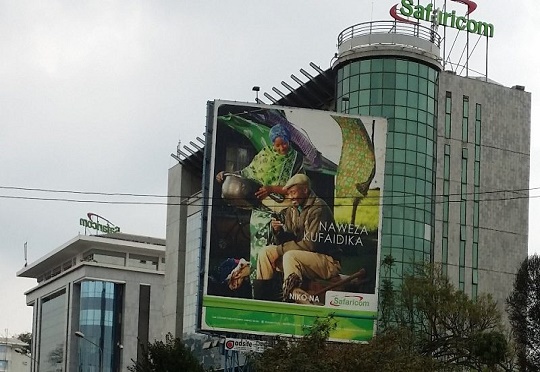Cape Town is hosting two Mining Indabas in February, underlining endemic divisions that undermine human development and business goals alike.
By Brian Ganson
South African is estimated to have the world’s fifth largest mining sector, with Mineral Resources Minister, Gwede Mantashe, recently reporting that the mining and quarrying sector’s contribution to GDP bodes well and that a commodity boom may be imminent.
If GDP growth, corporate profits, and government revenue are the only goals, then this is good news. If human rights and development for all South Africans are also desired endpoints, the evidence is more mixed.
Some conclude that “the mining industry only benefits a few while condemning mining-affected communities to poverty and violence”. The South African Human Rights Commission stated unambiguously that “the mining sector is riddled with challenges related to land, housing, water, the environment, and an absence of sufficient participation mechanisms and access to information”. Across the continent, the evidence is grim: inSierra Leone, for example, mining development is reinforcing historic vectors of fragility and violence, including growing frustration of civil society, conflict over land allocation, and regional and ethnic tensions.
This division in perspectives and experiences between political, financial and corporate advocates for mining on one side, and community, environmental, and human rights activists on the other, is starkly illustrated by the existence of not one, but two mining indabas in Cape Town this February.
The 25th Investing in African Mining Indaba convenes investors, mining executives, and high government officials at the Cape Town International Convention Centre. It bills itself as hosting “the most influential people in African mining” in the “leading deal making forum”. Some “sustainability focused content” is sprinkled throughout, though the registration price in excess of R23 000 – about two months wages for an entry-level gold miner – will keep most all critical voices away.
Human rights and environmental advocates, community representatives, and faith-based organisations will rather be found at the 10th Alternative Mining Indaba taking place in Woodstock. It advocates for “equality and justice where benefits of natural and mining resources are shared equally”. A key session last year was on “Seeking to Reverse the Resource Curse through Legislative, Policy and Institutional Reform”.
Together, both Indabas encompass most all the players who will, in practice, shape mining activities for decades to come (although notably, labour is not well represented at either). But the existence of two separate events indicates differences in perceptions, interests, power and voice in the mining sector; stakeholders do not see their interests as aligned. We can predict the outcomes of this misalignment.
From a business perspective, projects will experience delays, cost overruns, and even abandonment as the deals celebrated at the Cape Town International Convention Centre face opposition from those meeting in Woodstock. McKinsey & Company reports that “More than four out of five mining projects come in late and over budget, by an average of 43%”. Other research documents costs from social conflict to a single mine of more than $20 million per week after operations have started.
From the human perspective, environmental, social and human rights challenges will mount far faster than any benefits that mining can hope to make up for. As in Marikana, acute violence will be the most visible symptom of conflicts and power struggles among mining companies, local government, traditional authorities, labour unions and criminal networks that undermine human rights and development.
The evidence base is strong on how to get it right: Projects succeed when parties – from the powerful to the most vulnerable – engage early; share an understanding of the full range of issues implicated by mining regulation, licensing, financing, construction and operations; collaboratively collect and analyse data; imagine possibilities that meet the interests of different stakeholders; give all an effective voice and seat at the decision making table; and put mechanisms in place to fairly and efficiently manage the disagreements that will inevitably occur.
This happens at dialogue tables like the one established in 2004 that helped turn around the Tintaya copper mine in Peru’s Andean highlands, where conflicts over expropriated lands, environmental degradation and human rights abuse were resolved through institutionalized, facilitated dialogue involving the state, communities, and the developers.
Things falls apart when, as subsequently (under new ownership) at the Tintaya mine, parties abandon their commitment to social dialogue; there they have fallen back into patterns of disruptive and often violent conflict.
In South Africa, separate Indabas will predictably lead to violent confrontations like those in Richtersveld – where communities protested their exclusion from sites occupied by mining contractors – and in court actions like those involving the communities of Maledu and Xolobeni fighting (increasingly successfully) for their right to decide whether and how their land be used for mining.
So what will it take to move from two Mining Indabas to one?
First, it will require a lot less exuberant over-promotion of mining’s presumed benefits, and a lot more listening to the real concerns of people. Lavish and exclusive parties – as well as some of the commercial Indaba’s operating profit of £2.5 million – may have to give way to more sombre and inclusive sessions that ensure that affected communities co-determine decisions on finance, regulation, licencing, and whether and how operations should proceed. At the same time, parties will need to confront and remedy failures of the past and agree how to prevent them in the future.
Second, it will require impartial support for dialogue, data collection and analysis, problem-solving, and dispute resolution between parties who are deeply distrustful of each other. Mediation tools and mediating institutions can help all parties fully understand the context, the variety of interests at play, the underlying institutional issues, and the friction points that lead to direct conflict. Just as importantly, they can help governments, financiers, mining companies, NGOs and communities build a foundation for moving forward.
The same McKinsey report notes that “the biggest regret of leaders whose projects went wrong is that they waited too long to act and didn’t go far enough when they had a chance”. In the case of the divide between mining advocates and detractors, structural solutions are required to address systemic problems and recurring conflict. This will prove especially important in a global economy where commodity prices are low and volatile, and fewer projects are being built. As the report points out, with profit margins slim, so is the room for error.
By bringing together those who are willing to take the risk of working together for positive change, and providing them with the support that they need, even seemingly intractable situations can shift. Leaders in the mining sector can go faster and further with institutionalised mediation – conceptualised here as one Indaba – that can reconcile sustainable business, inclusive economic growth, and human development for South Africa and the continent.
Brian Ganson is Head of the Africa Centre for Dispute Settlement and Adjunct Associate Professor at the UCT Graduate School of Business, where he convenes the programme on Company-Community Collaboration and Conflict Resolution for Complex Environments running this February.


